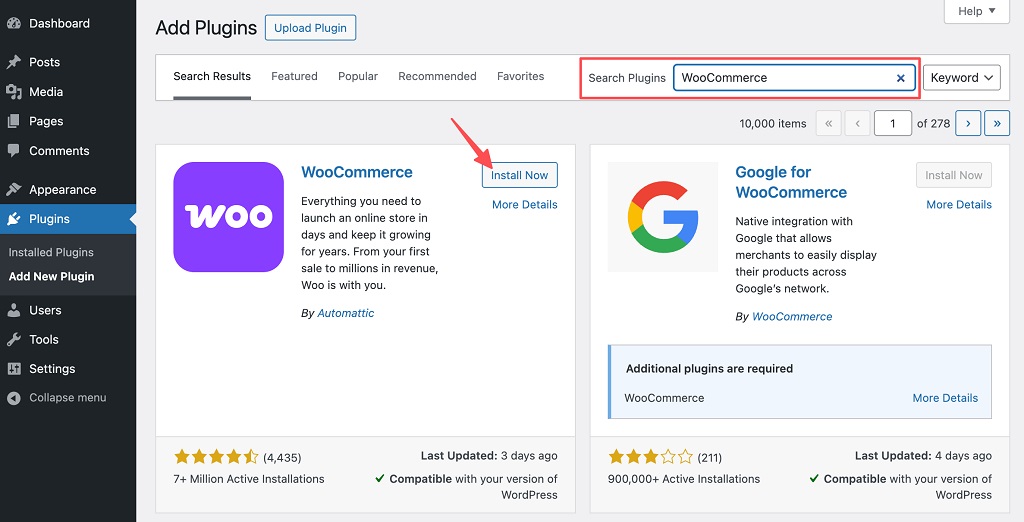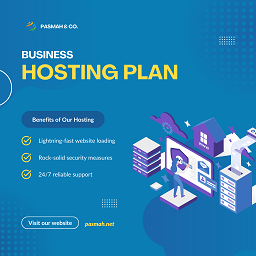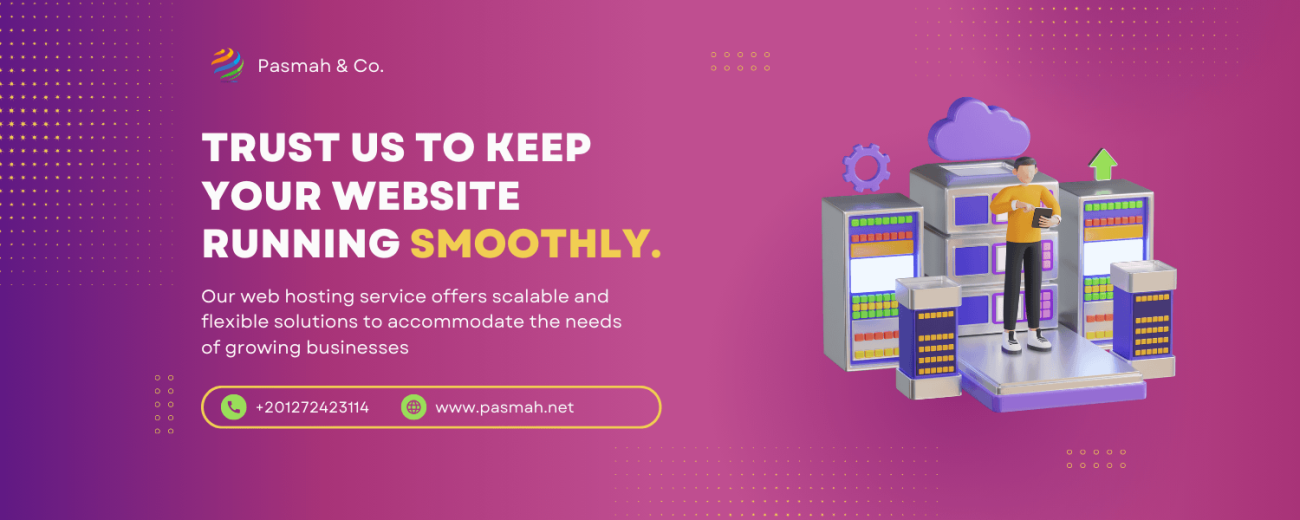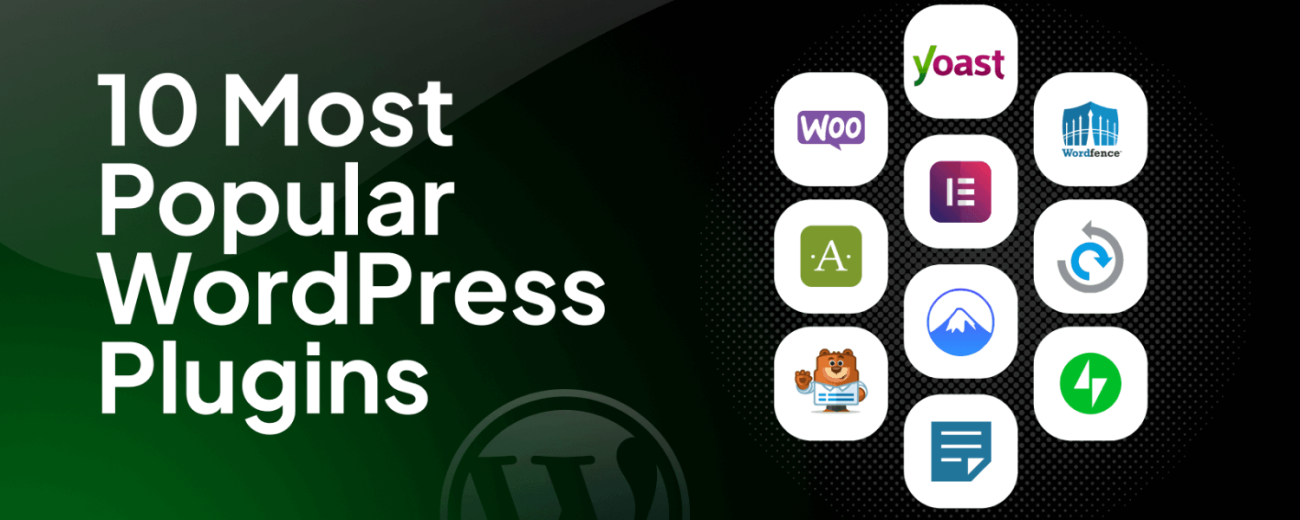The Ultimate Guide to Launching a Profitable E-commerce Business with WordPress

Introduction
Starting an online store is easier than ever, thanks to WordPress and WooCommerce. Whether you’re selling digital products, physical goods, or services, WordPress provides a flexible and cost-effective solution. In this guide, we’ll walk you through creating an eCommerce website step by step.
1. Why Choose WordPress for Your eCommerce Website?
WordPress powers over 43% of the web, making it a trusted platform for eCommerce. Some key benefits include:
✅ Flexibility – Customize your store with thousands of themes and plugins.
✅ WooCommerce Integration – A powerful, free plugin that transforms WordPress into a full-featured eCommerce store.
✅ Scalability – Start small and expand as your business grows.
✅ SEO-Friendly – Optimized for search engines to help attract more customers.

Step 2: Install WordPress and WooCommerce
Once you have your hosting and domain, install WordPress and set up WooCommerce:
- Log in to your hosting dashboard and install WordPress.
- Navigate to Plugins > Add New and search for WooCommerce.
- Click Install and Activate.
- Follow the WooCommerce setup wizard to configure your store settings.

Step 3: Select a Professional Theme
Your website’s design plays a crucial role in user experience and conversion rates. Choose a responsive and fast-loading theme tailored for WooCommerce, such as:
- Astra (lightweight and customizable)
- Flatsome (highly responsive and feature-rich)
- WoodMart (great for multi-category stores)
Step 4: Add Your Products
Once your theme is set, start adding products with engaging descriptions, high-quality images, and relevant details:
- Navigate to Products > Add New in WooCommerce.
- Enter the product name, description, and price.
- Upload high-quality images.
- Configure inventory settings, shipping options, and product variations if applicable.
- Click Publish.
Step 5: Set Up Secure Payment Gateways
Offer multiple secure payment options to ensure a smooth checkout experience. WooCommerce supports:
- PayPal
- Stripe
- Credit/Debit Cards
- Bank Transfers
- Local Payment Methods (as per country regulations)
Step 6: Optimize for SEO and Performance
A well-optimized e-commerce site attracts more organic traffic and increases conversions. Implement these strategies:
- SEO Plugins: Install Yoast SEO or Rank Math for on-page optimization.
- Fast Loading Speed: Use caching plugins like WP Rocket and optimize images with ShortPixel.
- Mobile Responsiveness: Ensure your site is mobile-friendly for a seamless shopping experience.
Step 7: Implement Marketing Strategies
To grow your e-commerce business, use digital marketing strategies such as:
- Content Marketing: Start a blog related to your products to attract organic traffic.
- Email Marketing: Build an email list and send promotional campaigns.
- Social Media Marketing: Leverage platforms like Instagram, Facebook, and Pinterest to reach potential customers.
- Paid Advertising: Use Google Ads and Facebook Ads to target specific audiences.
Step 8: Enhance Customer Support and Trust
Providing excellent customer service boosts credibility and retention. Implement the following:
- Live Chat Support: Use plugins like Tidio or LiveChat for real-time assistance.
- Clear Return & Refund Policies: Display transparent policies to build trust.
- Customer Reviews & Testimonials: Encourage satisfied customers to leave reviews.
Step 9: Track Performance and Scale
Monitor your store’s performance to identify areas for improvement. Use these tools:
- Google Analytics: Track user behavior and traffic sources.
- WooCommerce Reports: Analyze sales and customer trends.
- A/B Testing: Experiment with different layouts and strategies to improve conversions.
Conclusion
Launching a successful e-commerce business with WordPress and WooCommerce requires careful planning, optimization, and marketing. By following this guide, you can create a profitable online store that grows over time. Stay updated with trends, focus on user experience, and continuously refine your strategy for long-term success.











